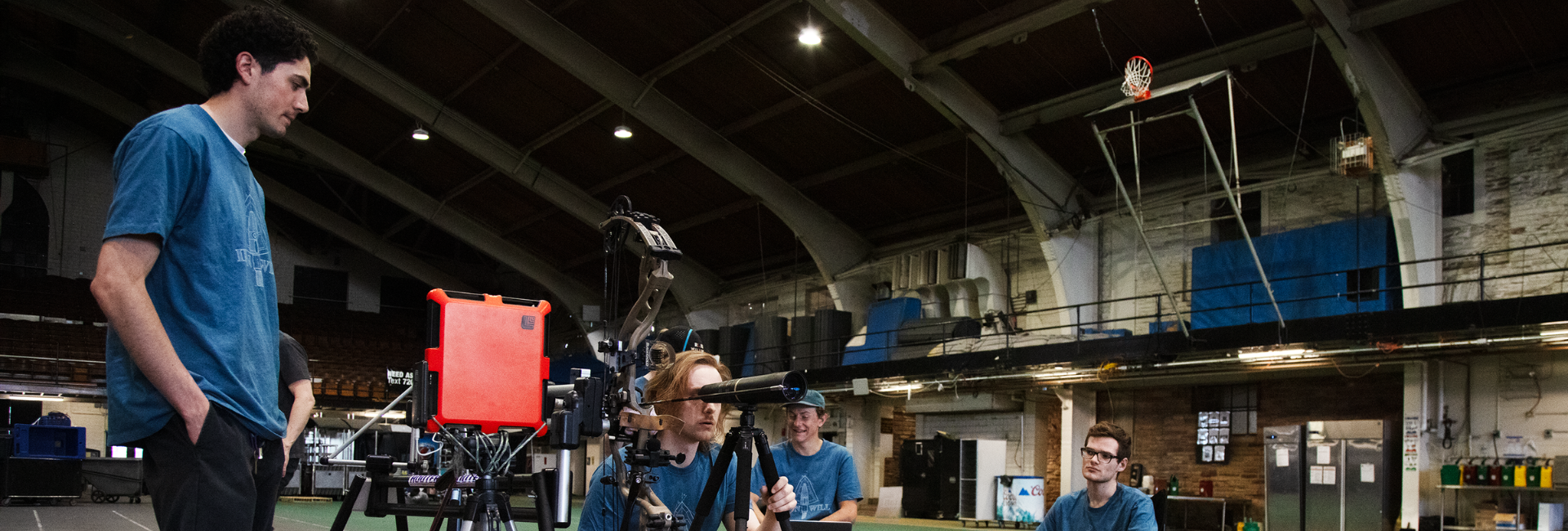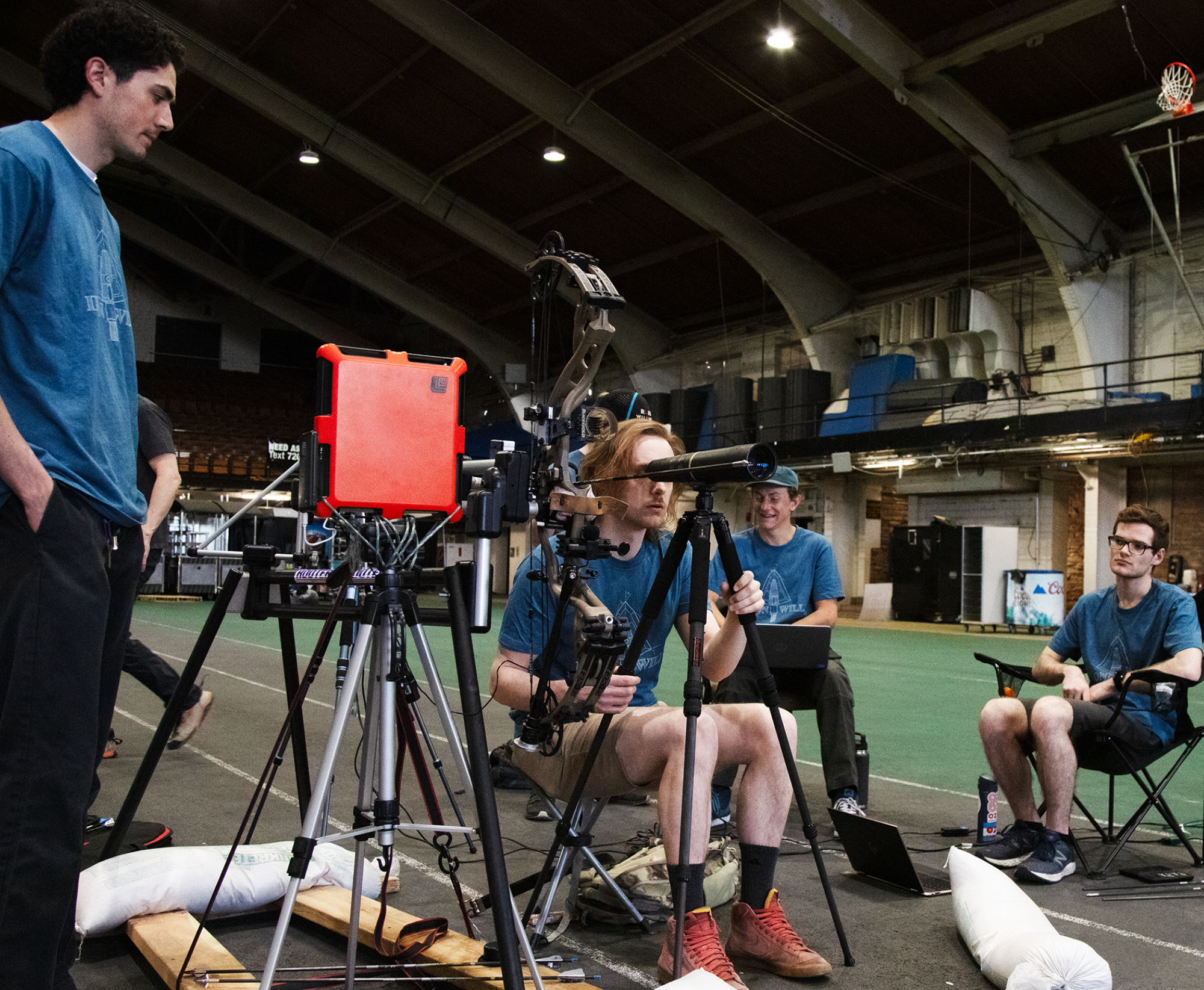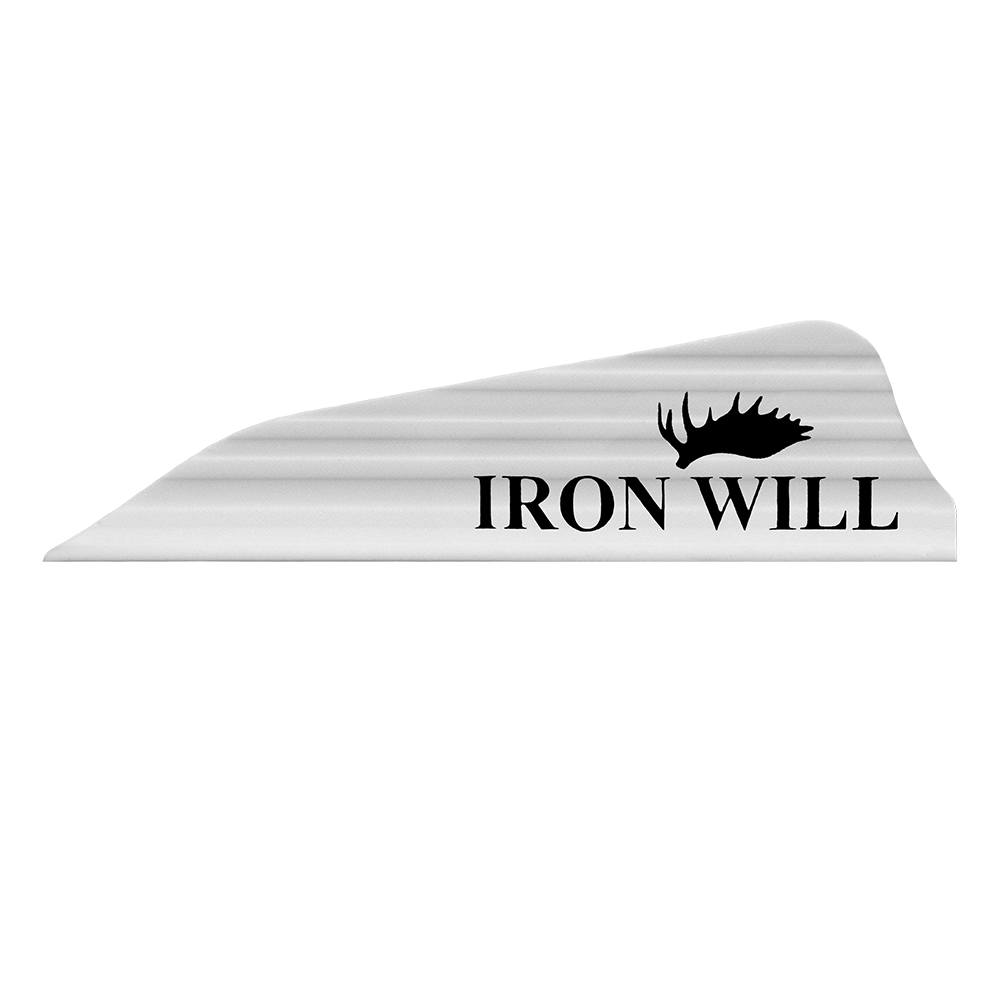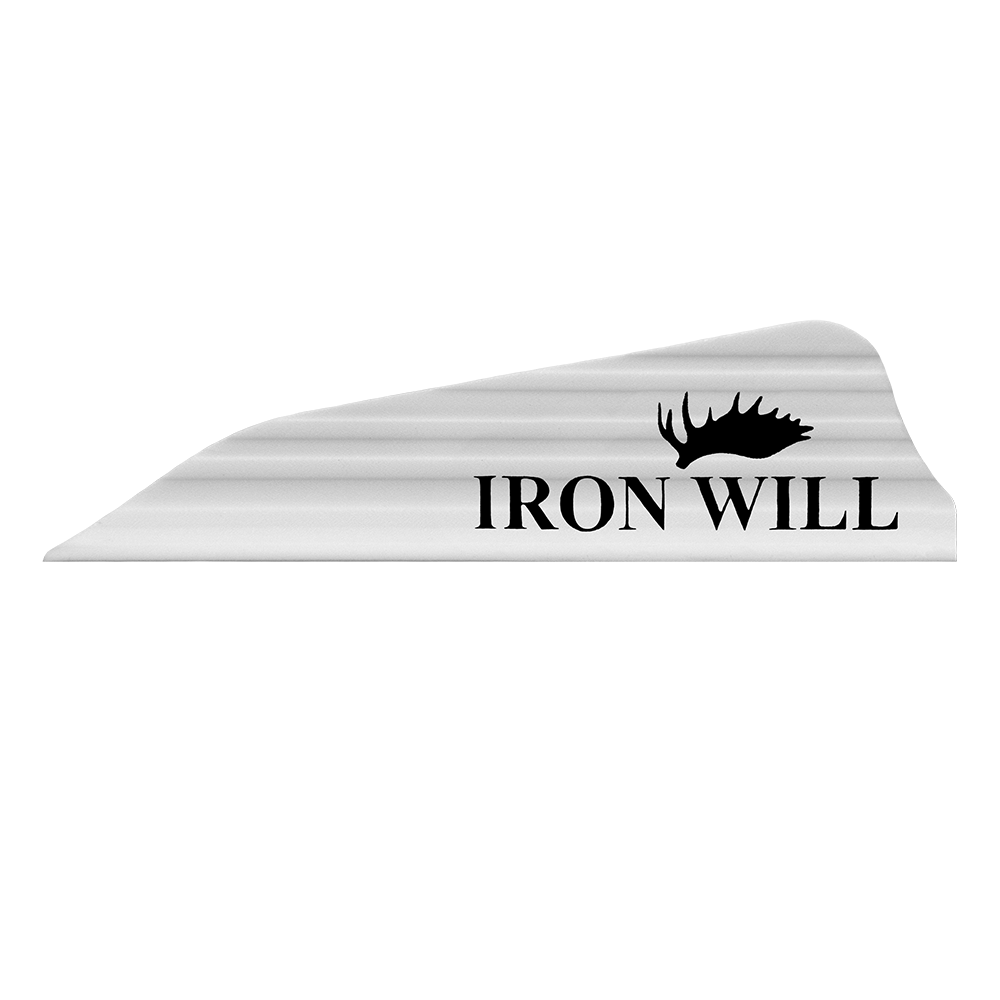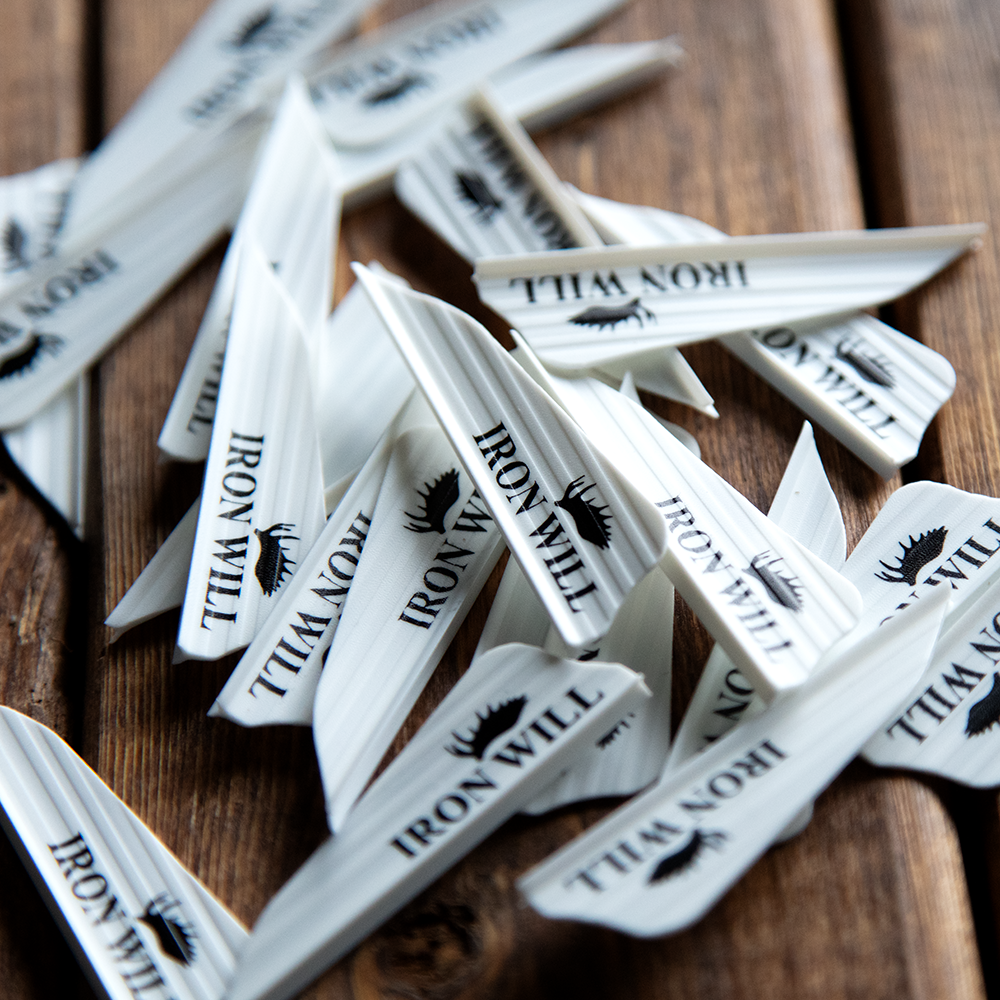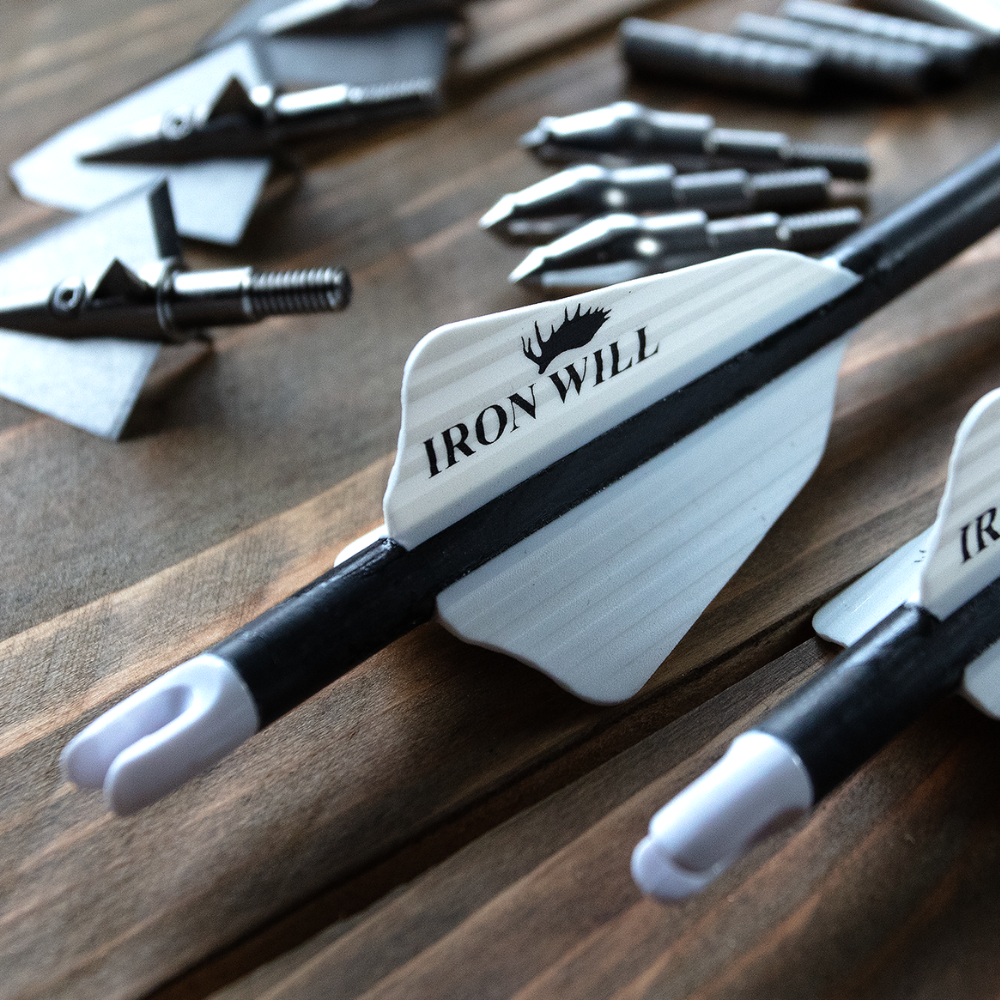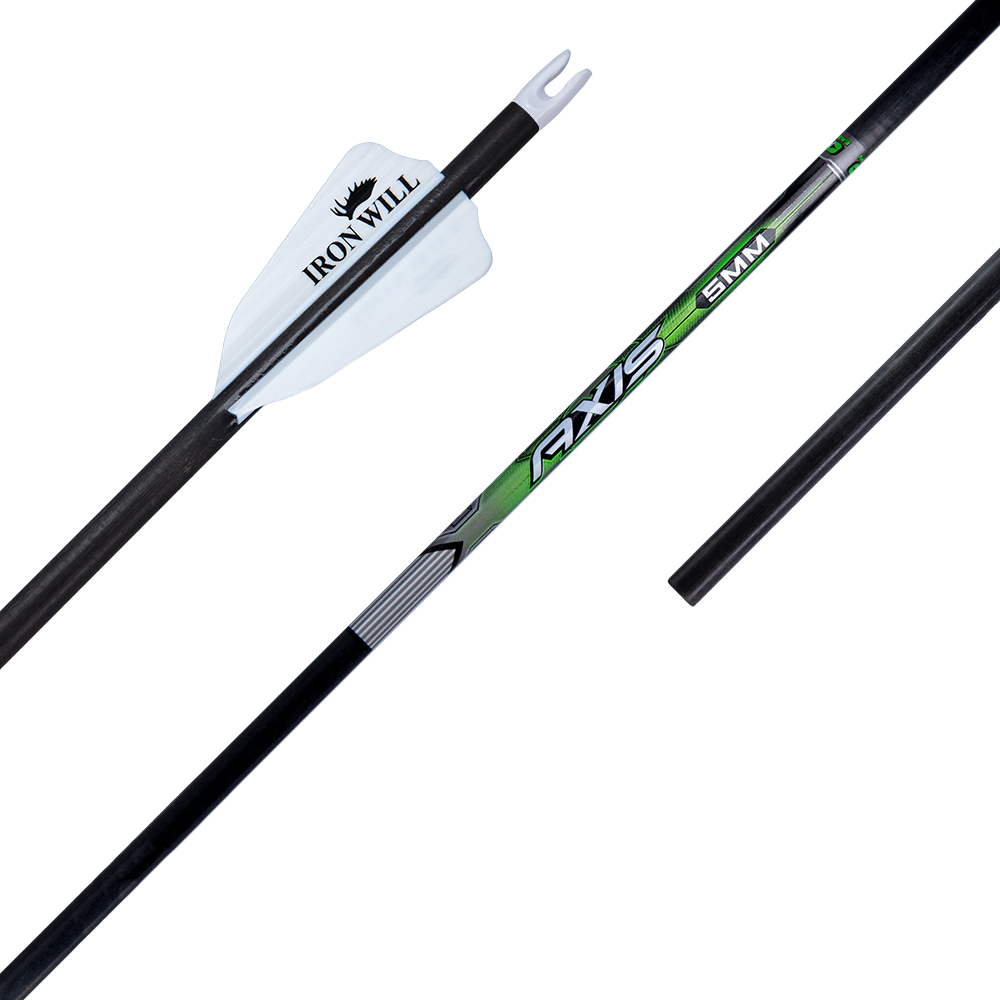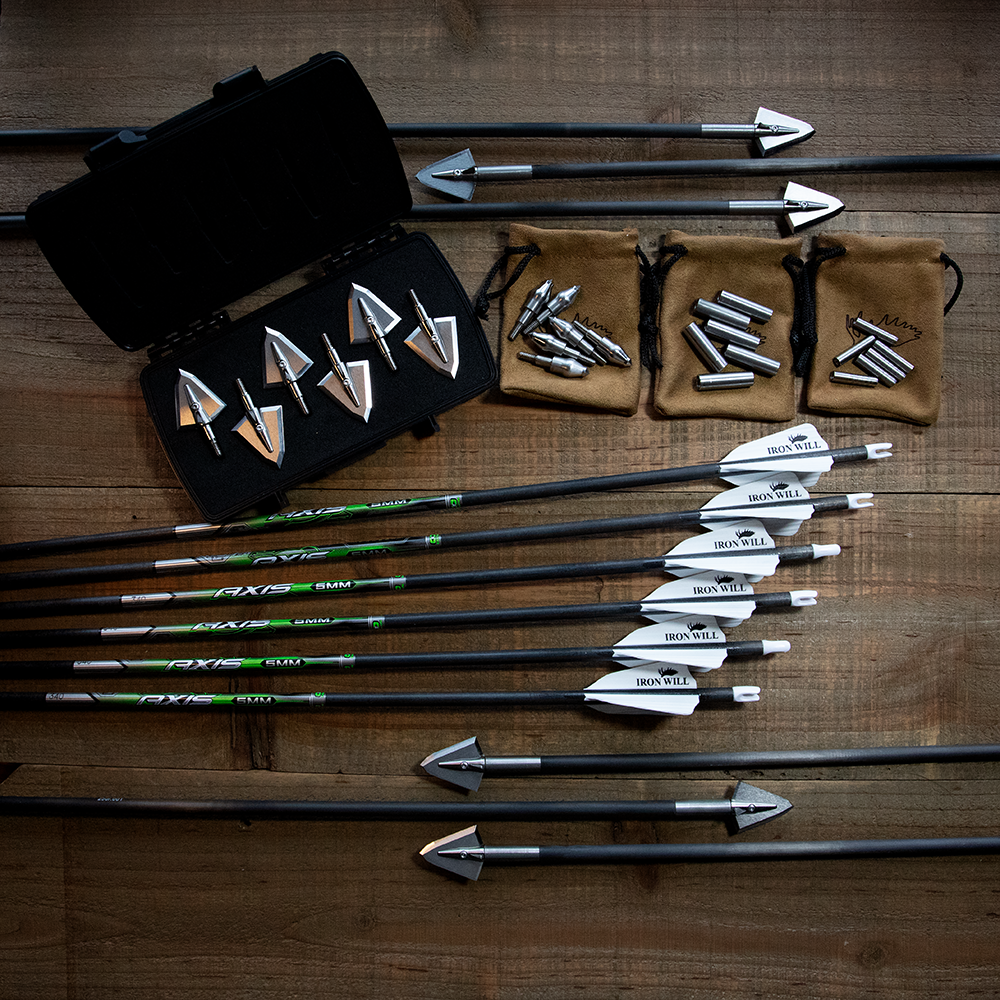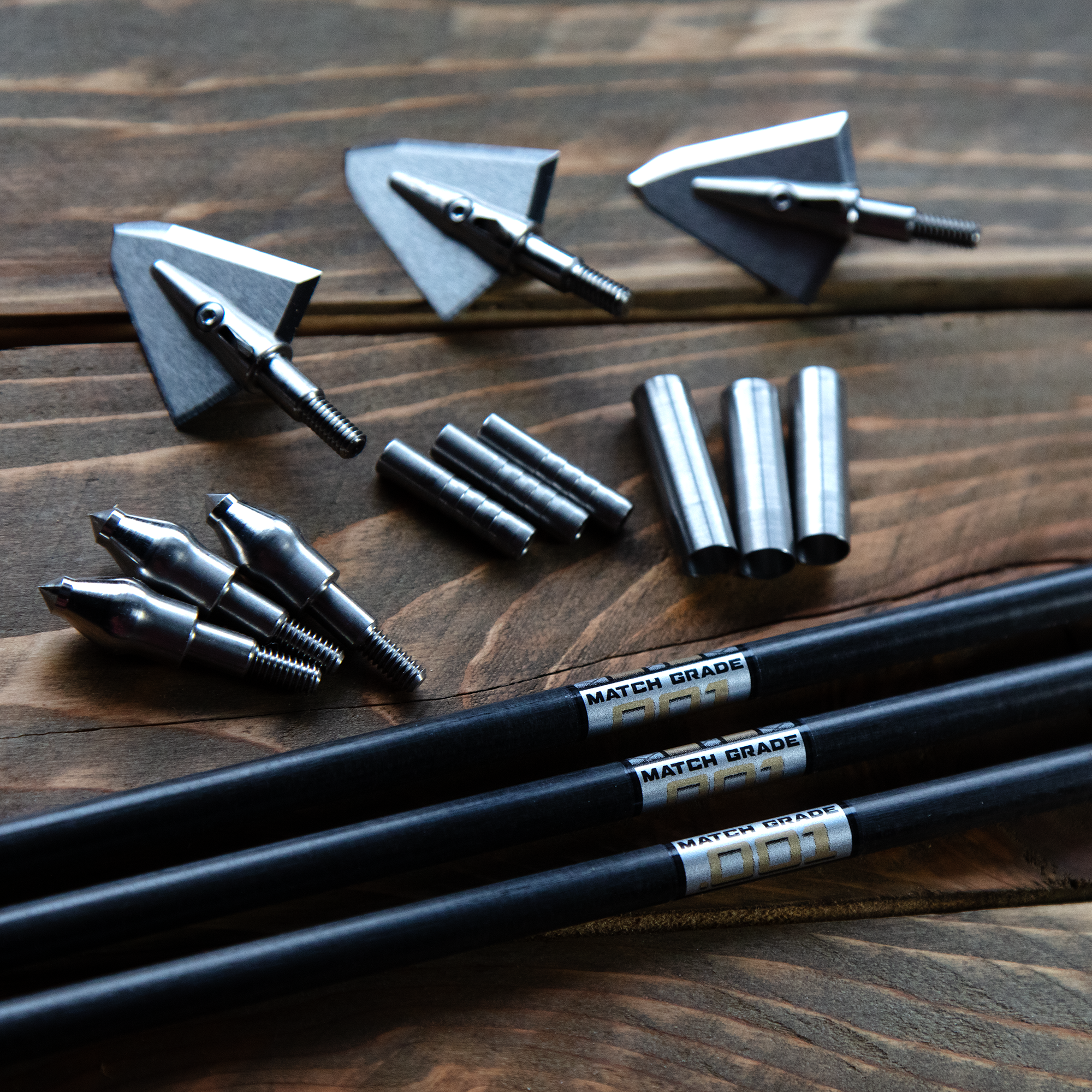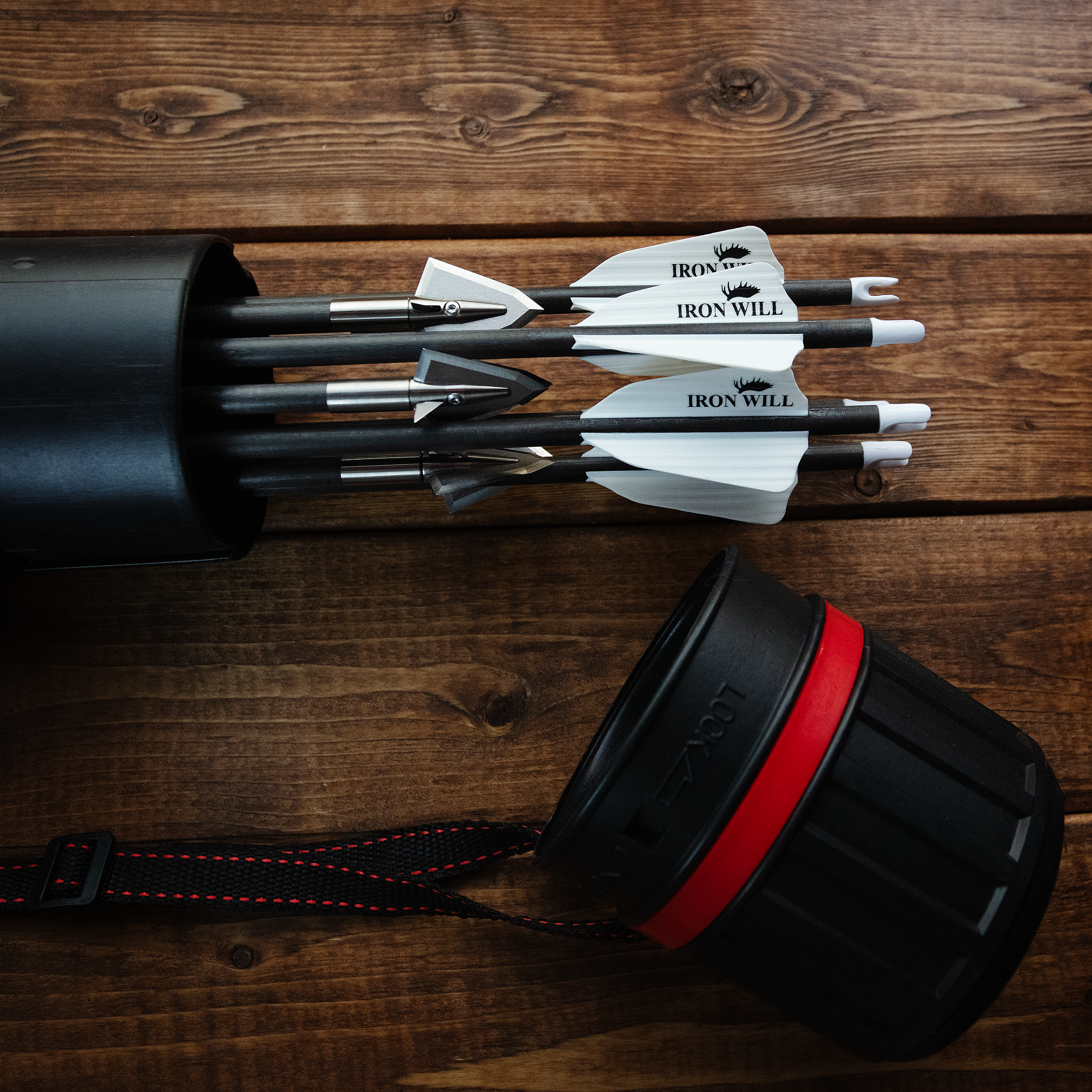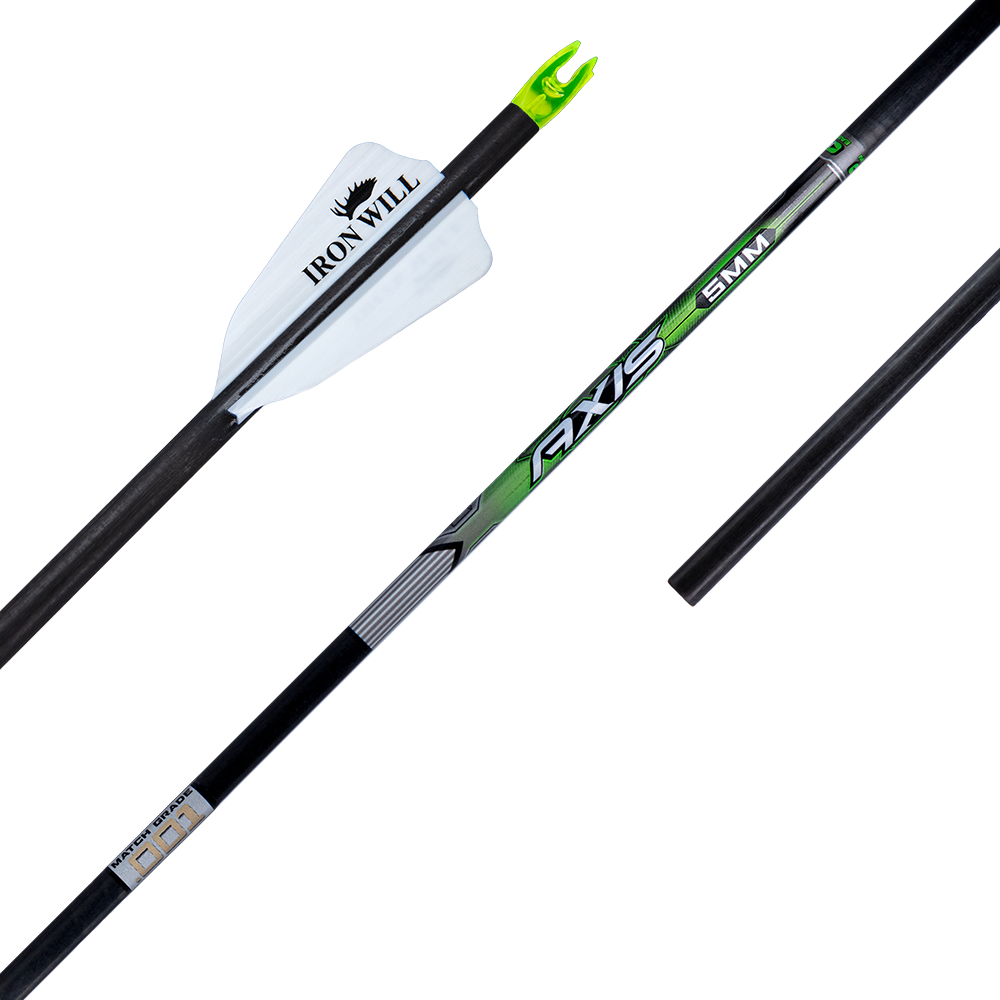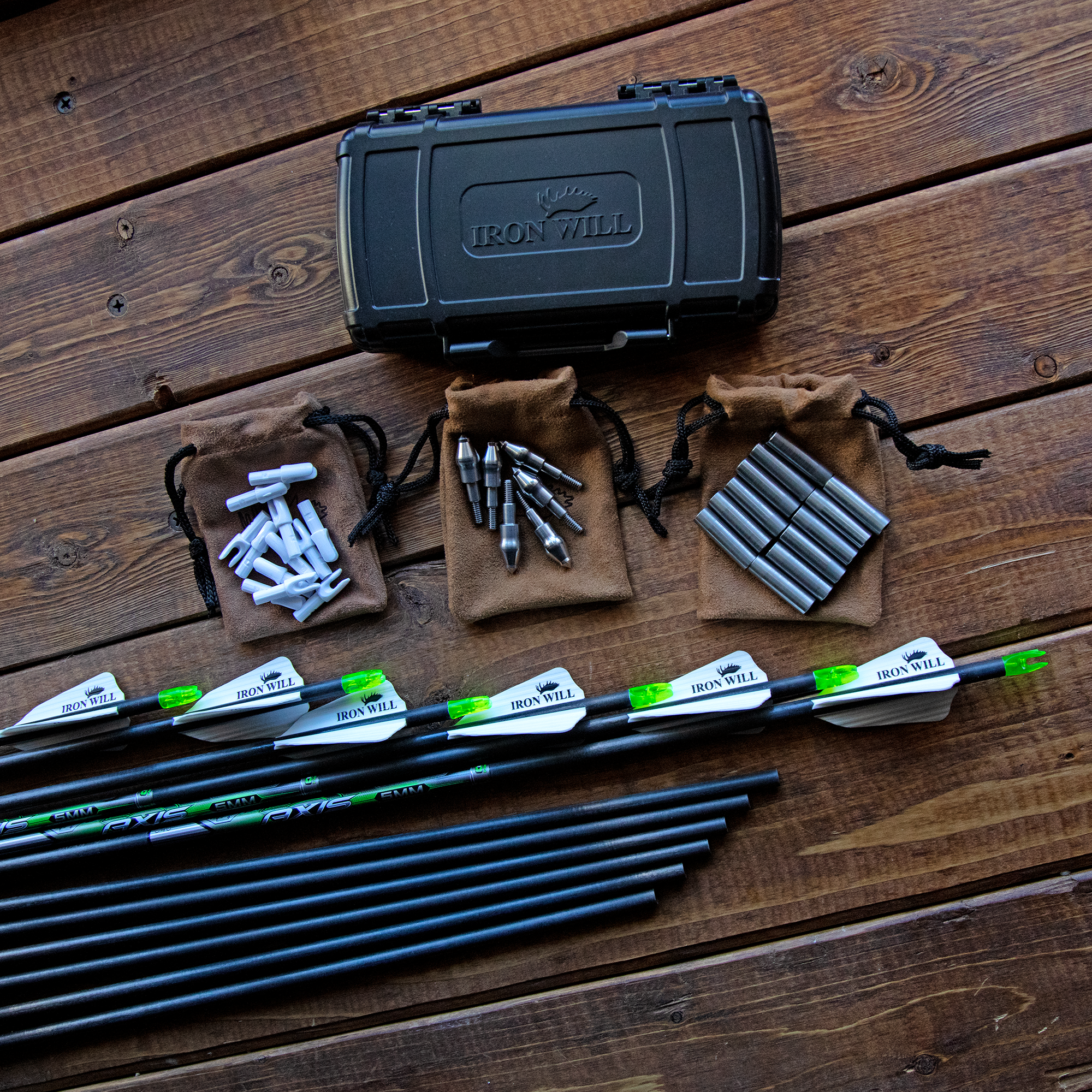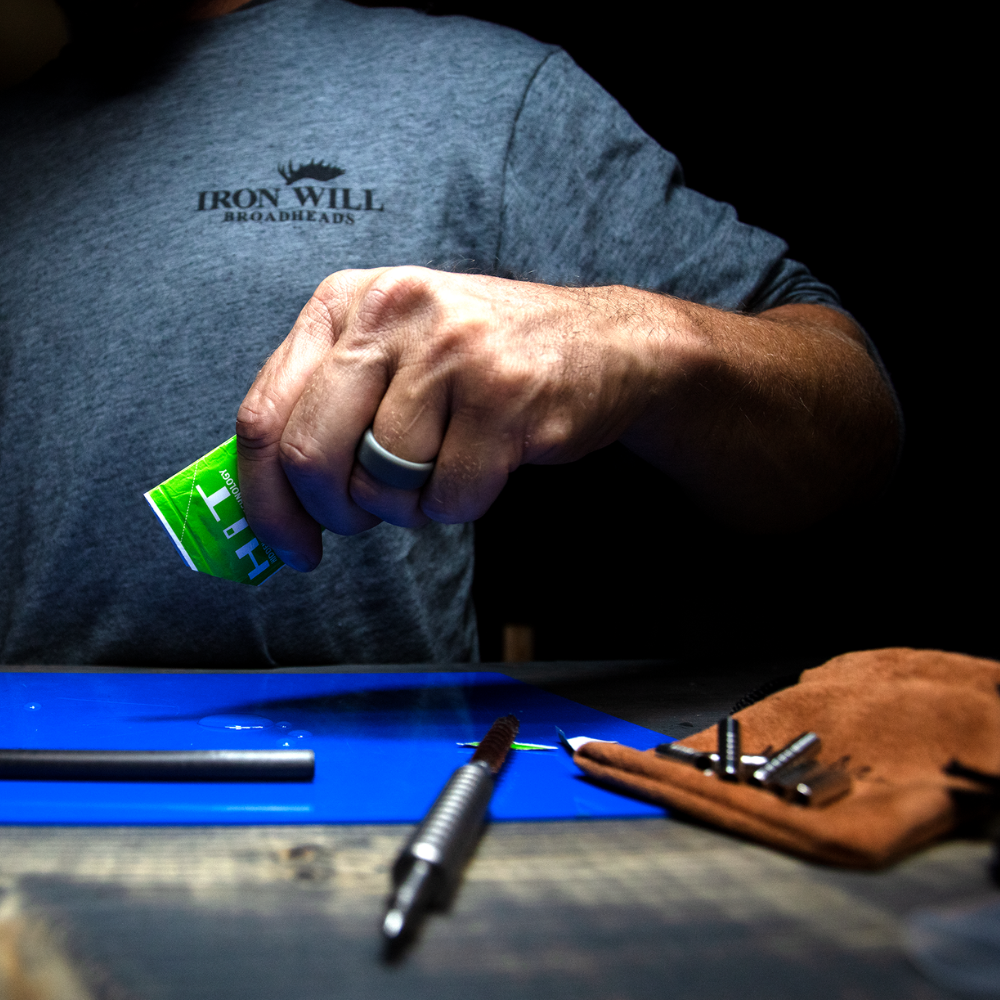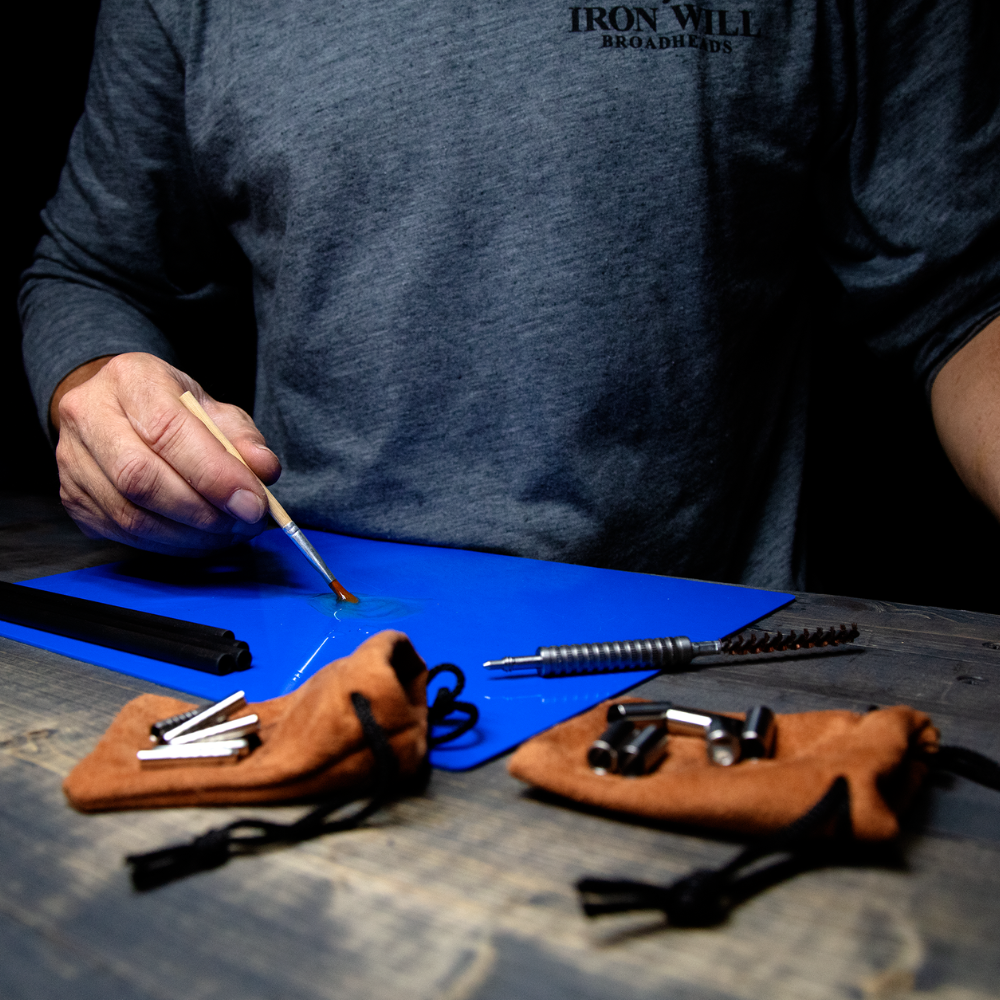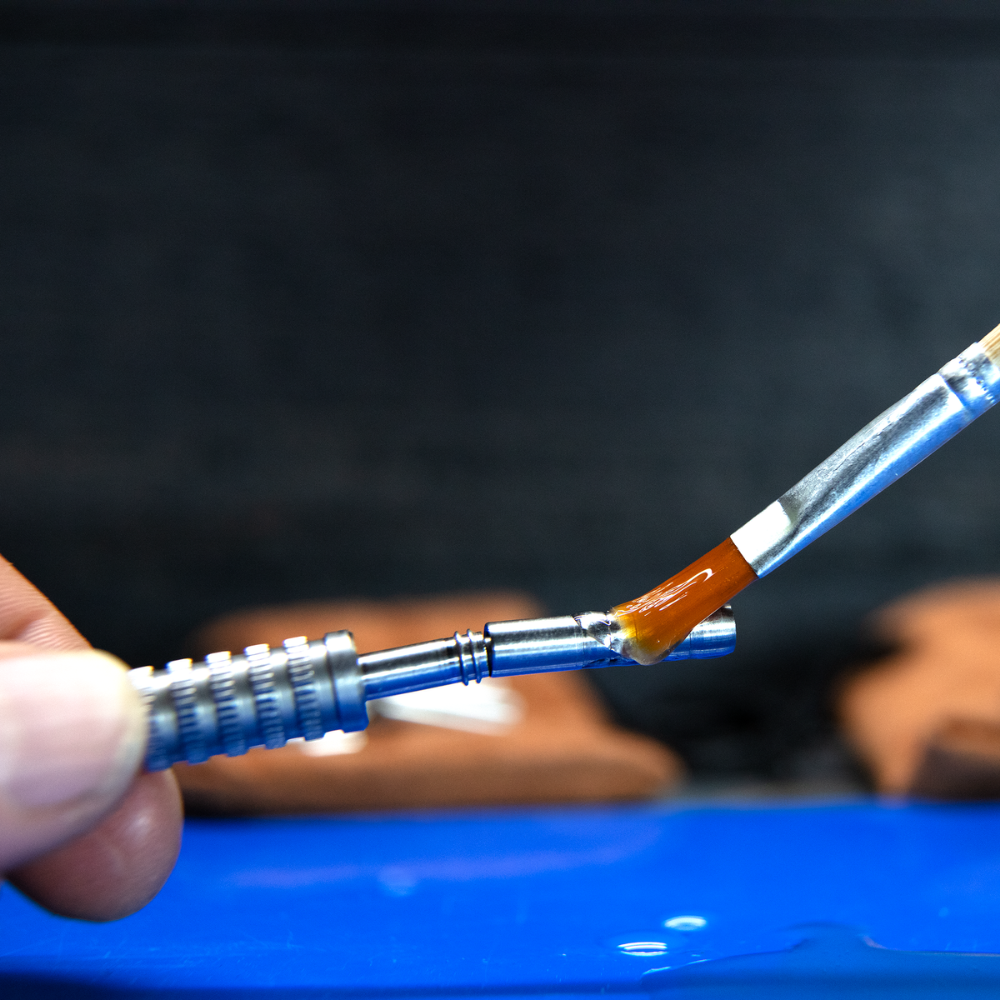For bow hunting arrows to fly with consistent accuracy, they must be stable in flight. To develop a scientific understanding of how an arrow's vanes impact the arrow's stability (restoring torque) with fixed blade broadheads, we sponsored a University of Colorado Boulder study. Through this study, our goal was to be able to understand, from a scientific perspective, the fletching characteristics that most effectively stabilize a bow hunter's arrow.
KEY FINDINGS
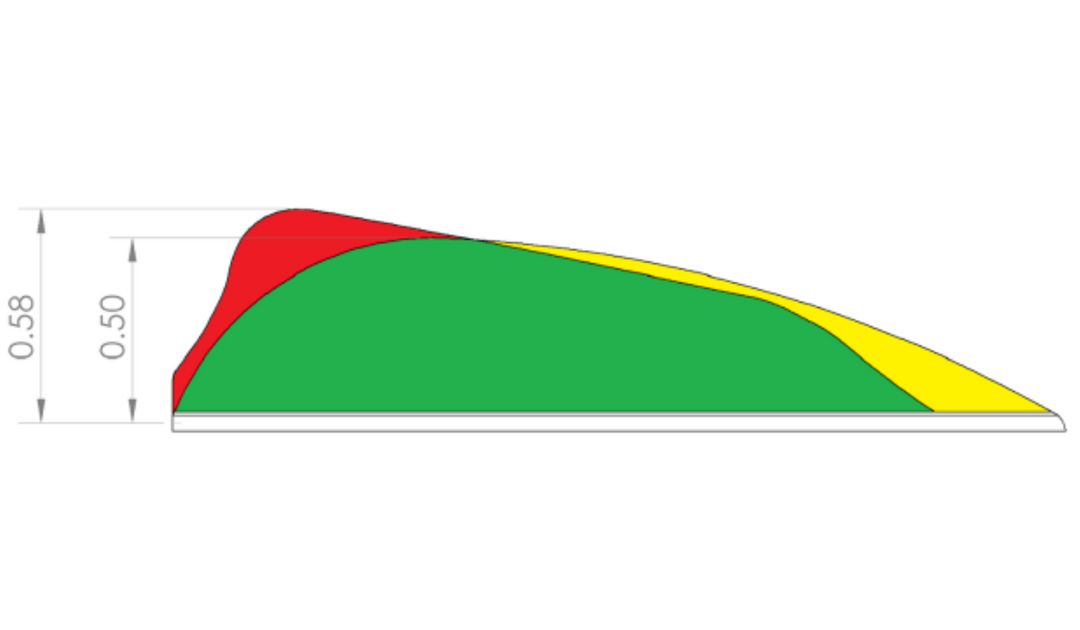
The study found that the general shape of a vane, and consequently, the distribution of the surface area, strongly affects restoring torque. Vanes that have larger amounts of surface area higher off the arrow and further back from the arrow's center of gravity create a longer lever arm, which more effectively steers the arrow.
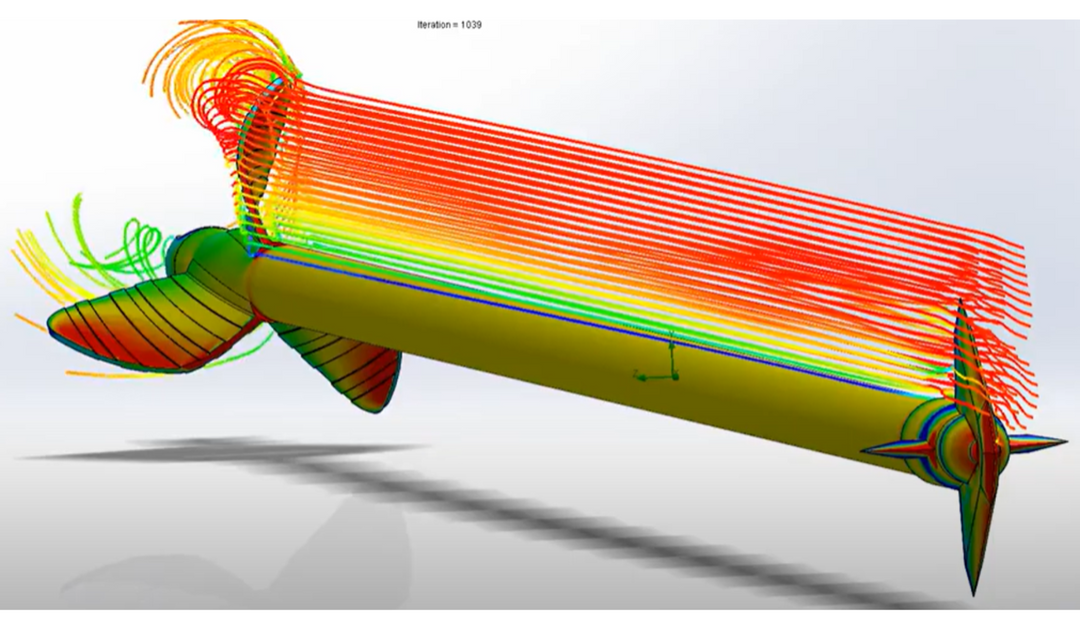
The study demonstrates that as vane fletch angle is increased, higher pressure is created on the windward side and lower pressure is created on the vane's leeward side, resulting in larger restoring torques.




